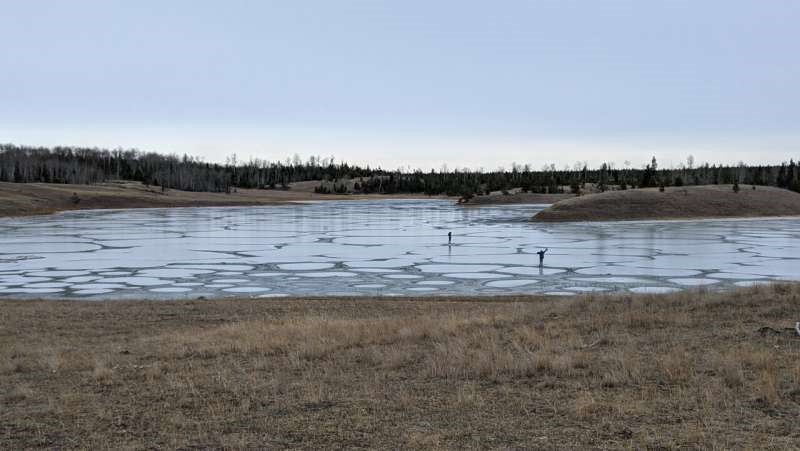Free Courses Sale ends Soon, Get It Now


Free Courses Sale ends Soon, Get It Now



Disclaimer: Copyright infringement not intended.
Context
A study from the University of Washington, published this month in Communications Earth & Environment, that a shallow "soda lake" in western Canada could be a good match for Darwin's "warm little ponds" where life got started on the primordial Earth.
Details
Soda Lake
Geology and Genesis
Biodiversity
Ecology:
Examples of Soda Lakes
Recent Findings in Last Chance Lake
Conclusion
These new findings will help inform origin-of-life researchers who are either replicating these reactions in the lab or are looking for potentially habitable environments on other planets.
|
PRACTICE QUESTION Q. Last Chance Lake often mentioned in news is located in which of the following country? A.USA B.Canada C.Mexico D.Brazil Answer B |
© 2024 iasgyan. All right reserved